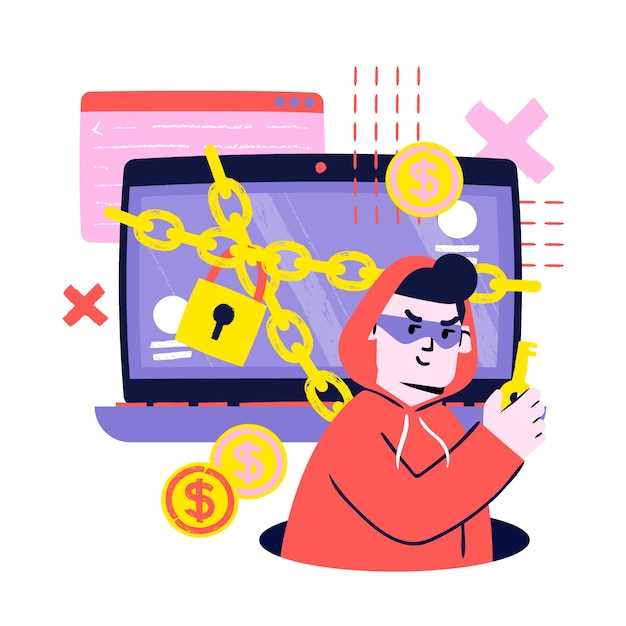

When buying a car, ensuring your safety during the transaction is paramount. The rise of online marketplaces has made it easier than ever to find great deals, but it’s also created an environment where fake listings can flourish. These deceptive advertisements can lead to significant financial loss and frustration, leaving buyers feeling vulnerable and insecure.
To navigate this complicated landscape, it’s essential to arm yourself with knowledge and protective measures. By recognizing red flags and employing smart strategies, you can enhance your security and make informed decisions when purchasing a vehicle. This article offers practical tips to help you identify genuine listings and avoid scams, ensuring that your journey to buy a car is both safe and successful.
Take the time to read through these recommendations carefully. Protecting yourself from fake listings is not just about securing your investment–it’s about gaining peace of mind and confidence in your buying process. With the right approach, you can enjoy the experience of finding and acquiring your dream car without falling victim to fraudulent schemes.
How to Verify the Authenticity of Car Listings

When buying a car, ensuring the authenticity of the listing is crucial to avoid fraud and secure your investment. Start by examining the photos closely for inconsistencies. Look for images that might be overly edited or generic, as these can be indicators of a fake listing.
Next, check the vehicle identification number (VIN). A legitimate seller will provide this information. You can use it to verify the car’s history through services like Carfax or AutoCheck. These reports can reveal past damages, title issues, or odometer discrepancies, providing you with essential insights into the vehicle’s condition.
Contact the seller directly to gauge their knowledge about the car. A genuine seller will be able to answer specific questions about the vehicle’s maintenance history and its features. If responses are vague or evasive, consider this a red flag.
Additionally, research the market value of the car model you’re interested in. If the price seems too good to be true, it may be a tactic to lure potential buyers into a fraudulent scheme. Compare the listing with similar cars in your area to validate its legitimacy.
Finally, always arrange to meet in a public place for any viewings or test drives. This approach not only ensures your safety but also allows you to inspect the car thoroughly before making any commitments. Trust your instincts; if something feels off, walk away and continue your search.
Red Flags to Identify Car Fraud in Online Ads

When buying a car online, it’s crucial to be aware of potential fraud. Recognizing red flags can help you avoid scams and make a safe purchase. Here are key indicators to watch for:
1. Prices That Seem Too Good to Be True: If the price is significantly lower than similar listings, it may indicate a scam. Scammers often lure buyers with unrealistically cheap offers.
2. Lack of Detailed Information: Genuine sellers provide comprehensive details about the car, including its history, condition, and maintenance records. If an ad lacks this information or is vague, proceed with caution.
3. Undisclosed Location: If the seller is hesitant to share their location or claims to be overseas, it could be a sign of fraud. Scammers often invent reasons for not meeting in person.
4. Pressuring for Quick Decisions: Fraudulent sellers often urge buyers to act quickly, claiming there are other interested parties. Take your time and don’t rush your decision.
5. Unusual Payment Methods: Be wary if a seller demands payment via wire transfer or gift cards. Legitimate transactions usually involve secure payment methods that offer buyer protection.
6. No Vehicle History Report: A trustworthy seller should provide a vehicle history report. If this is not available, or the seller refuses to provide it, consider it a red flag.
7. Poor Quality Photos: Authentic ads typically feature clear and detailed photographs of the car. If the images are low-quality or seem stock-like, it might indicate a scam.
Staying vigilant and recognizing these warning signs can help you navigate the complexities of online car sales and protect yourself from fraudulent activities.
Best Practices for Secure Transactions When Buying a Car
When purchasing a car, ensuring a secure transaction is paramount to avoid potential fraud. Begin by researching the vehicle’s history using the VIN (Vehicle Identification Number) to verify past ownership, accident history, and any existing liens.
Always meet the seller in a safe, public location. Conduct the transaction during daylight hours to enhance safety and visibility. It’s advisable to bring a friend along for additional security and to have another set of eyes during the inspection of the vehicle.
Request a comprehensive inspection of the car by a trusted mechanic. This will help identify any underlying issues that may not be evident at first glance, further protecting you from fraudulent claims about the car’s condition.
Discuss payment methods that offer protection, such as escrow services or bank transfers, rather than cash. These methods establish a record of the transaction and can help prevent fraud by providing a layer of accountability.
Ensure that the title is clear and matches the seller’s information. Be cautious of any discrepancies, as this could indicate potential fraud or issues with ownership. Always obtain a bill of sale detailing the purchase amount, vehicle details, and both parties’ information to create an official transaction record.
Finally, trust your instincts. If something feels off about the deal, or if the seller is pressuring you to complete the transaction quickly, it may be wise to consider other options to ensure a secure and legitimate purchase.





